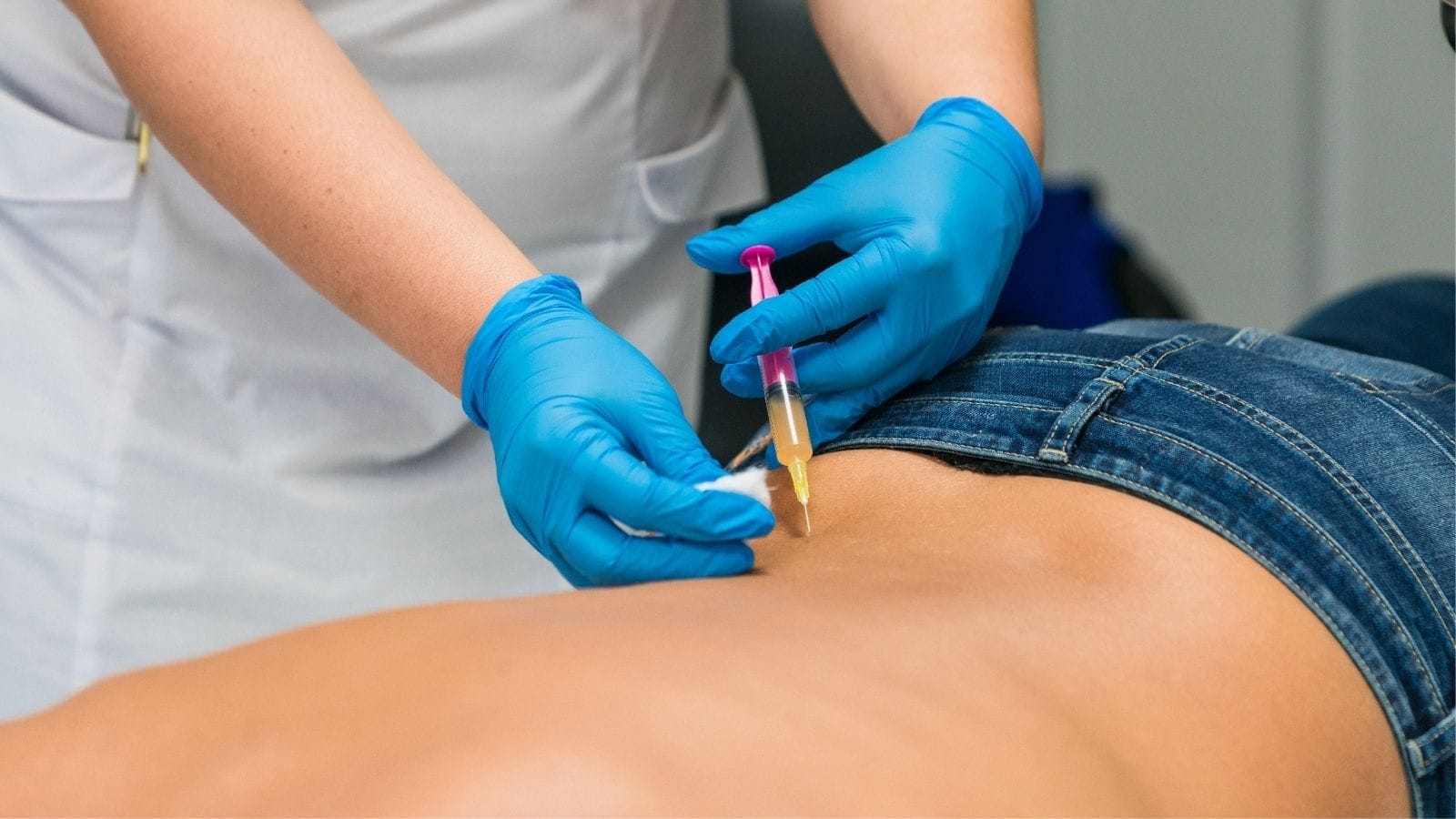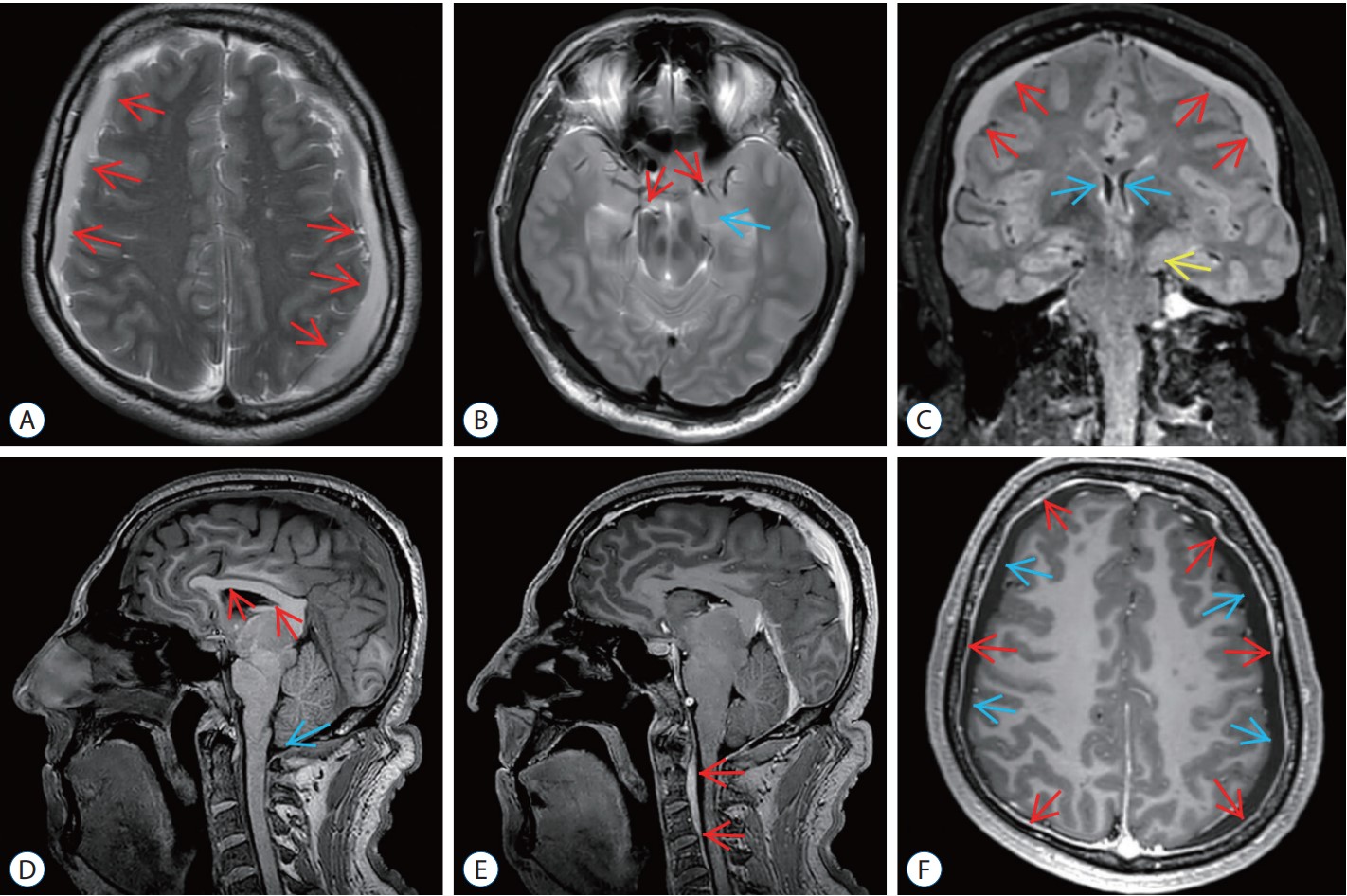Non-toxic multinodular goiter is an enlargement of the thyroid gland characterized by multiple nodules without excessive hormone production. It often develops slowly and may remain asymptomatic for years until it causes pressure symptoms.
Thyroid multinodular goiter is diagnosed through ultrasound, blood tests, and sometimes fine-needle aspiration. Imaging helps distinguish between benign nodules and those requiring further evaluation.
Treatment of non-toxic multinodular goiter depends on size, symptoms, and patient preference. Options include observation, thyroid hormone therapy, radioiodine treatment, or surgical removal of the gland.
Complications of untreated goiter include difficulty swallowing, airway obstruction, or cosmetic concerns. Regular monitoring ensures early detection of changes and timely medical intervention.
What Causes Nontoxic Multinodular Goiter?
The formation of nontoxic multinodular goiter depends on many factors. Primarily, iodine deficiency is the main factor globally causing the enlargement of the thyroid gland. When there is not enough iodine required for the production of thyroid hormones, the gland may increase in size. Additionally, a person’s genetic makeup can influence this condition. The risk is higher in individuals with a family history of goiter or thyroid problems. Hormonal fluctuations are also a significant factor:
- Changes in hormone levels during periods such as puberty, pregnancy, and menopause can trigger thyroid enlargement.
- Thyroid Stimulating Hormone (TSH) released from the pituitary gland increases in cases of insufficient thyroid hormone production, which can also cause goiter to enlarge.
Age and gender are among the factors affecting the development of goiter:
- Especially elderly adults and women are more susceptible to this condition.
Certain medications and autoimmune diseases can also contribute to the enlargement of the thyroid gland:
- Medications containing lithium and autoimmune conditions such as Hashimoto’s thyroiditis can cause thyroid enlargement.
What Are the Symptoms of Nontoxic Multinodular Goiter?
The symptoms of nontoxic multinodular goiter may vary depending on the size and location of the goiter. Most of the time, this type of goiter does not cause any symptoms and is usually discovered incidentally during another health examination. However, as the size of the goiter increases, various pressure symptoms may appear. These symptoms include:
- Difficulty breathing when lying flat.
- A feeling of fullness or choking in the neck region.
- Difficulty swallowing with a sensation of food sticking in the throat.
- A visibly noticeable swelling in the front of the neck.
In addition, in some cases, the goiter may grow into the chest cavity. This is called substernal goiter and can intensify the existing symptoms. This type of growth increases the severity of pressure symptoms and can significantly reduce the patient’s overall comfort level.
How Is It Diagnosed?
The diagnosis of nontoxic multinodular goiter is made by following certain steps. First, the size of the thyroid gland and the presence of nodules are evaluated by a healthcare professional through a physical examination. Then, blood tests targeting thyroid hormones are performed:
- T3 and T4 levels
- Thyroid stimulating hormone (TSH)
These tests are important to confirm that the gland is not overactive. Ultrasound is used to examine the structure of the thyroid and the details of the nodules. In this way, the size, number, and characteristics of the nodules are determined. If there are suspicious nodules, tissue samples are taken using the Fine Needle Aspiration Biopsy (FNAB) method. This procedure is a critical step in determining whether the nodules are benign or malignant. Additionally, antibody tests can detect autoimmune thyroid diseases. If necessary, Thyroid Uptake and scanning are performed to further assess thyroid gland function in detail. If the goiter is very large or has spread into the chest cavity, imaging tests such as CT scan or MRI are used. These tests clearly show the size of the gland and its effects on surrounding structures.
What Are the Treatment Options for Nontoxic Multinodular Goiter?
Treatment methods for nontoxic multinodular goiter vary depending on the size and number of nodules. Treatment options include Radiofrequency Ablation, Thyroid Artery Embolization, and Radioactive Iodine Therapy. Each treatment method is applied according to the patient’s specific situation.
- Radiofrequency Ablation is especially preferred for patients with one or two large nodules. This method aims to shrink the nodules using heat. In cases of multiple nodules, this method may not be sufficient.
- Thyroid Artery Embolization is ideal for more widespread goiters. In this procedure, small beads are placed to reduce blood flow to the thyroid gland. Thus, thyroid tissue shrinks.
- Radioactive Iodine Therapy targets thyroid cells to reduce the size of the goiter. After this treatment, some patients may require thyroid hormone replacement therapy.
These treatment options are recommended by the physician considering the patient’s overall health status, the size of the goiter, and the characteristics of the nodules.
Which Foods Are Beneficial?
The management of nontoxic multinodular goiter can be supported with appropriate dietary changes. In this case, the consumption of specific foods that can directly affect thyroid health becomes important. Iodine is a critical element for the production of thyroid hormones. Therefore, foods rich in iodine should be included in the diet.
Iodine-rich foods:
- Dried seaweeds
- Seafood
- Dairy products
- Eggs
- Iodized salt
Selenium is essential for thyroid enzyme function and selenium-rich foods include:
Selenium sources:
- Brazil nuts
- Sunflower seeds
- Spinach
- Various fish
Zinc and B vitamins are also beneficial for thyroid health.
Zinc and B vitamins:
- Spinach
- Cashew nuts
- Lamb meat
- Chicken and eggs
- Mushrooms and asparagus
Vitamin D directly supports thyroid function and strengthens the immune system.
Vitamin D-rich foods:
- Egg yolk
- Mushrooms
- Fatty fish
Anti-inflammatory foods have positive effects on overall health and help reduce inflammation. Avoiding processed foods and high-fat dairy products is beneficial.
Cruciferous vegetables, especially when cooked, are beneficial for the thyroid. These include:
Cruciferous vegetables:
- Broccoli
- Cauliflower
- Brussels sprouts
- Cabbage
Nontoxic Multinodular Goiter and Pregnancy: What Should Be Considered?
Nontoxic multinodular goiter and pregnancy is a situation that requires special attention. Ensuring the stability of thyroid functions during pregnancy is of critical importance for the health of both mother and baby. Thyroid hormone levels are monitored regularly with blood tests; this minimizes the risks of both hypothyroidism and hyperthyroidism. The size of the goiter and its symptoms are essential in assessing the risk of complications. Especially large goiters can affect basic functions such as breathing and swallowing.
Thyroid Function Tests:
Thyroid stimulating hormone (TSH) and free T4 levels are monitored.
Assessment of the Goiter:
The size of the goiter and the symptoms caused by the pressure are monitored.
Iodine Intake:
Iodine requirement increases during pregnancy, but excessive iodine intake should be avoided.
Ultrasound Checks:
The size and characteristics of the thyroid nodules are recommended to be evaluated periodically.
Hyperthyroidism Control:
If symptoms of hyperthyroidism are observed, this condition should be addressed immediately.
Frequently Asked Questions
What problems can untreated nontoxic multinodular goiter cause in the long term?
Untreated nontoxic multinodular goiter may continue to grow over time and cause various problems. The most common situation is increased shortness of breath, difficulty swallowing, and a feeling of fullness in the neck due to the goiter pressing on the trachea and esophagus. These pressure symptoms can become more severe, especially when lying on the back. In the long term, if some nodules begin to produce hormones uncontrollably, the condition may progress to toxic multinodular goiter and hyperthyroidism may develop. Rarely, there is also a risk of some of these nodules turning into cancer over the years. Therefore, regular follow-up is important.
What is the exact risk of nodules turning into cancer in nontoxic multinodular goiter and in which situations does this risk increase?
The risk of cancer in nodules developing in nontoxic multinodular goiter is generally low; most sources report this rate as between 5% and 10%. However, some situations may increase this risk. Rapid growth of the nodule, suspicious features detected on ultrasound (such as irregular borders, microcalcifications, intense vascularity), and the nodule being hard and adherent to surrounding tissues all increase the likelihood of cancer. In addition, a history of radiation therapy to the neck region or a family history of thyroid cancer are significant risk factors. In such suspicious cases, fine needle aspiration biopsy should always be performed.
In which situations and why is surgery (thyroidectomy) preferred in the treatment of nontoxic multinodular goiter?
Surgery, that is, the partial or total removal of the thyroid gland (thyroidectomy), may be the most appropriate treatment option in certain conditions in the treatment of nontoxic multinodular goiter. The most common situation requiring surgery is the goiter becoming very large and causing severe compression symptoms such as shortness of breath and difficulty swallowing. Surgery is also inevitable if cancer is detected by fine needle aspiration biopsy or if the suspicion of cancer is high. In addition, surgery may be considered if the goiter grows below the breastbone (substernal goiter), causes significant cosmetic issues, or if the patient does not prefer other treatment methods.
Can nontoxic multinodular goiter cause permanent changes in voice quality?
Yes, nontoxic multinodular goiter, especially if it grows and compresses the nerves going to the vocal cords (recurrent laryngeal nerve), can cause changes in voice quality, most commonly hoarseness. If this pressure lasts for a long time or causes damage to the nerve, the voice changes may become permanent. However, in most cases, when the goiter is reduced in size or surgically removed and the pressure on the nerve is relieved, the voice returns to normal. Still, it should be remembered that surgical treatment itself also carries a risk, albeit low, of causing permanent hoarseness by damaging this nerve.
What preventive measures can individuals with genetic predisposition take to prevent the development of nontoxic multinodular goiter?
Although genetic factors play a role in the development of nontoxic multinodular goiter, it may not be possible to prevent the condition entirely. However, individuals with a family history of goiter or thyroid disease can take some precautions to reduce the risk. The most important step is to ensure adequate and balanced iodine intake; both iodine deficiency and excessive iodine intake can negatively affect thyroid health. Since smoking is known to increase the risk of thyroid nodule development, it should definitely be avoided. In addition, having thyroid functions and structure evaluated by a doctor at regular intervals can help detect and manage possible issues early.

Girişimsel Radyoloji ve Nöroradyoloji Uzmanı Prof. Dr. Özgür Kılıçkesmez, 1997 yılında Cerrahpaşa Tıp Fakültesi’nden mezun oldu. Uzmanlık eğitimini İstanbul Eğitim ve Araştırma Hastanesi’nde tamamladı. Londra’da girişimsel radyoloji ve onkoloji alanında eğitim aldı. İstanbul Çam ve Sakura Şehir Hastanesi’nde girişimsel radyoloji bölümünü kurdu ve 2020 yılında profesör oldu. Çok sayıda uluslararası ödül ve sertifikaya sahip olan Kılıçkesmez’in 150’den fazla bilimsel yayını bulunmakta ve 1500’den fazla atıf almıştır. Halen Medicana Ataköy Hastanesi’nde görev yapmaktadır.









Vaka Örnekleri